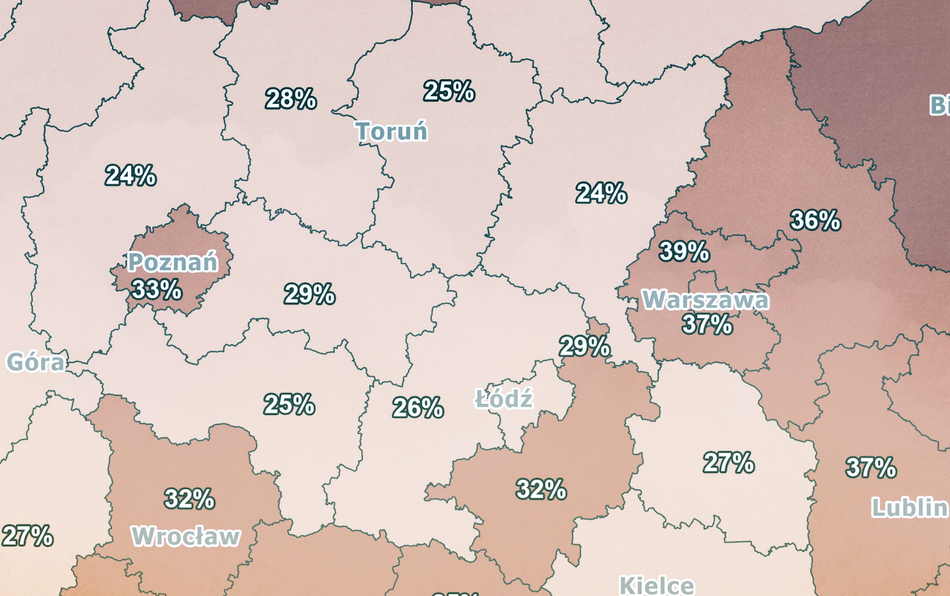Electoral system in the 2011-2019 elections for Senate
The 2011-2019 elections were conducted using the electoral system set out in the Constitution of the Republic of Poland and the Electoral Code Act. The electoral system for the Sejm has undergone significant changes compared to the one used in the 2001-2007 period with regard to the structure of electoral districts.
- The electoral system (in its narrower sense) consists of the following elements:
The structure of the electoral districts (their number, boundaries and the number of seats to be distributed in each district), - The manner in which the election results are determined (this is determined by the electoral formula and the elements contained therein such as the electoral method or the statutory electoral thresholds),
- The method of voting (in other words, the rights of the voter when voting - how many votes he or she has, whether he or she can accumulate them, etc.).
Structure of electoral districts
In the 2011-2019 elections to the Senate of the Republic of Poland, the area of the country was divided into 100 single-mandate constituencies in which 100 senatorial seats were distributed. The area of the districts in the Senate elections was contained in the grid of districts in the Sejm elections.
One senator was elected in each district.
Significantly, the Senate elections did not implement the principle of equality (this principle did not apply to Senate elections in the constitutional provisions). The number of inhabitants per seat in each district varied widely.
The seats were divided in each constituency on the basis of the number of votes received by the candidates in the constituency.
The votes of Polish citizens voting outside Poland were counted in Ward 44 (the part of Warsaw comprising the districts of Białołęka, Bielany, Śródmieście, Żoliborz).
Electoral formula
The 2011-2019 elections to the Senate of the Republic of Poland were conducted using a majority representation formula using the relative majority method in single-mandate constituencies (FPTP). The distribution of seats took place separately in each of the 40 constituencies.
Method of voting
Each voter had one vote. He or she cast his or her vote for a candidate of his or her choice from among those put forward in the constituency. The candidate with the most votes was elected. If a seat became vacant, a by-election had to be held.
Maciej Onasz, based on: Onasz Maciej, Inżynieria wyborcza w Polsce od roku 1989, Łódź 2017; Ustawa z dnia 5 stycznia 2011 r. - Kodeks wyborczy, Dz.U. 2011 nr 21 poz. 112 (z późn. zm.).






